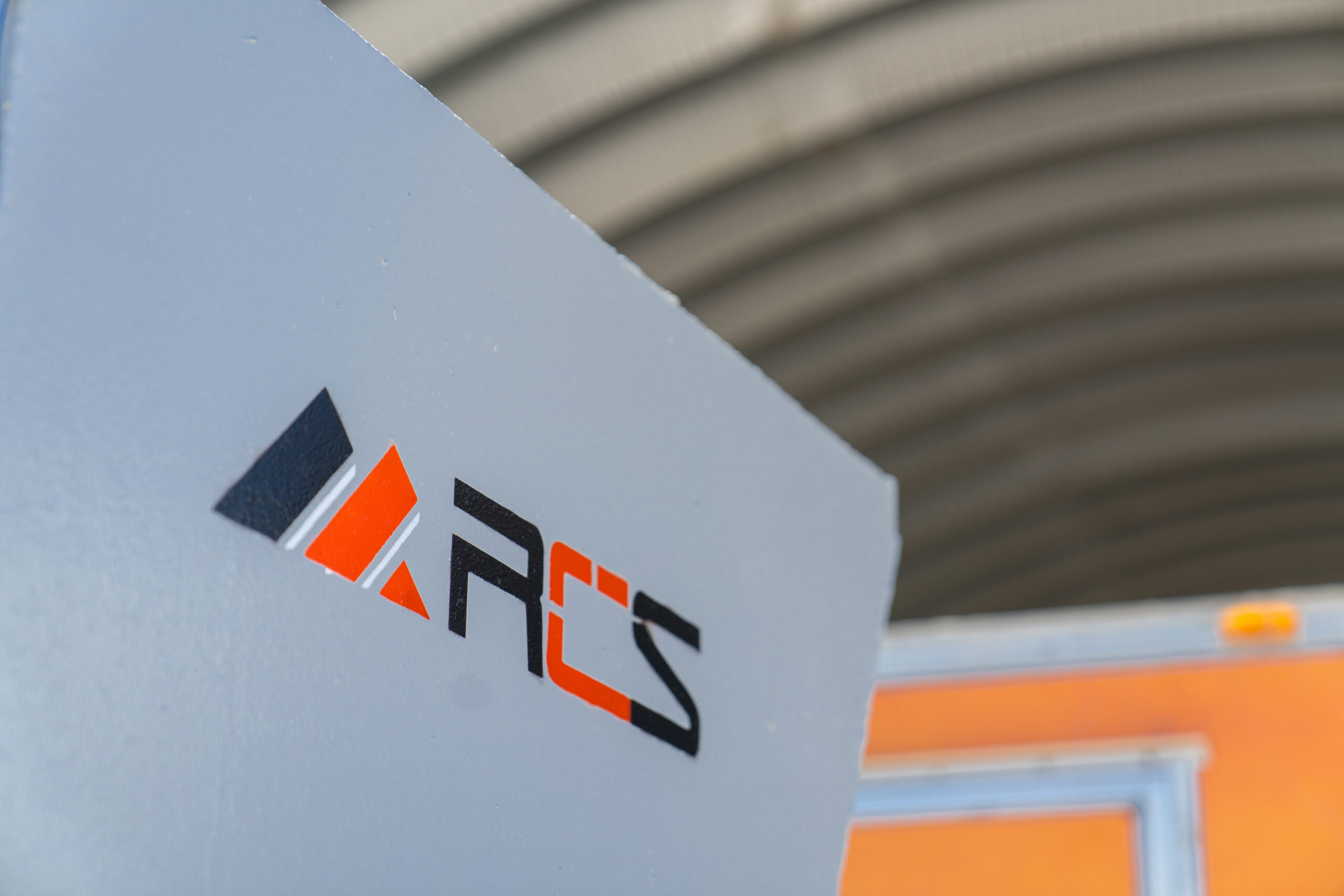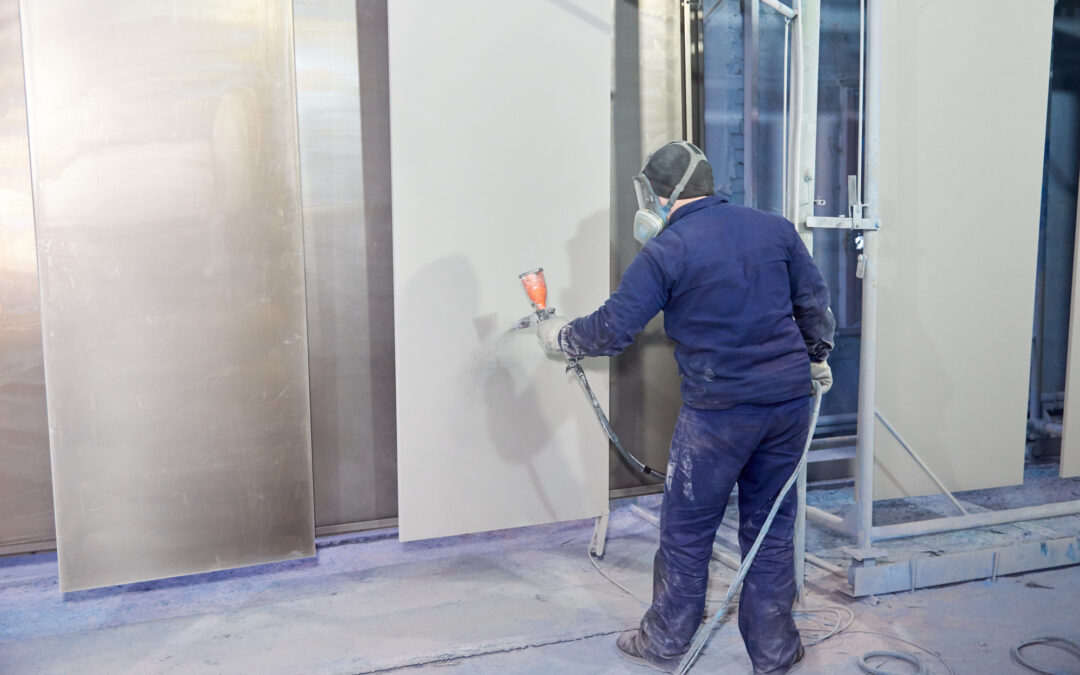Are you familiar with intumescent paint? If not, you may be missing out on a vital component of the fireproofing process and its significance for commercial design projects. This remarkable material allows designers and construction teams to incorporate visually appealing colors into structures while providing an extra layer of security against extreme temperatures.
What is Intumescent Fireproofing?
Intumescent fireproofing is a special coating applied to surfaces like steel or wood to protect them from fire. It’s commonly used in buildings and other structures to protect them if exposed to extreme heat over time.
Intumescent fireproof paint can also provide a clean, aesthetically pleasing appearance. This makes it an ideal insulation for exposed walls, beams, and pipes.
What are the Benefits Of Intumescent Fireproofing?
Intumescent fireproofing offers several benefits, making it a valuable choice for enhancing fire safety in buildings and structures. These benefits include:
- Fire Resistance. When exposed to high temperatures, the coating expands to form a protective layer of thick char that insulates the underlying surface and slows the spread of fire.
- Structural Protection. Intumescent fireproofing helps protect structural elements like steel beams and columns from the damaging effects of fire. This protection helps to delay the loss of structural integrity and gives people more time to evacuate.
- Passive Protection. Intumescent fireproofing requires no external activation or power source, making it a reliable and low-maintenance option for fire protection.
- Aesthetic Appeal. Intumescent coatings can be applied to different surfaces, including exposed steel, wood, or concrete, without significantly altering the appearance or aesthetics of the building. Some types will also come in appealing colors or allow you to paint over them without compromising their protective qualities.
- Compliance with Building Codes. Many building codes and regulations require fireproofing materials to meet specific fire safety standards. Intumescent fireproofing helps fulfill these requirements, especially in challenging areas with exposed beams or pipes.
- Cost-Effective. Preventing structural damage and the potential to qualify for lower insurance premiums will often outweigh the higher initial investment compared to other fireproofing methods.
These are just a few of the common benefits. Contact an expert to find out the best ones for your building or job site.
Things to Consider When Selecting Intumescent Fireproofing
When considering the use of intumescent fireproofing, there are several important factors to consider:
- Determine the required fire-resistance rating specified by building codes, regulations, or project specifications. This will guide the selection of the appropriate intumescent fireproofing.
- Ensure the selected intumescent fireproofing coat is compatible with the protected surface material. Compatibility testing may be necessary to verify adhesion and performance.
- Consider the application method of the intumescent fireproofing. Each method has advantages and considerations regarding efficiency, coverage, and surface preparation requirements.
- Determine the required coating thickness to achieve the desired fire resistance rating. The thickness may vary depending on the fire rating requirements, material type, and the surface area to be treated. Ensure that the chosen intumescent fireproofing system can achieve the necessary thickness.
- Evaluate any maintenance requirements that are needed to ensure ongoing effectiveness and compliance with fire safety standards.
- Consider any environmental factors like the potential presence of volatile organic compounds (VOCs) or hazardous materials. Consider environmentally friendly options that comply with regulations and minimize any negative impact.
- Engage with fire protection professionals, architects, and engineers with expertise in intumescent fireproofing. Their knowledge and experience will help you select the right coating for your needs.
RCS Offers 12 Years of Fireproofing Expertise for your Project Needs
RCS has installed diverse fireproofing solutions for clients in the refining, petrochemical, and chemical industries for over twelve years. Our expertise lies in providing essential fire protection measures that act as a crucial line of defense. Contact us today to see which fireproofing options are the best for your building or job site.





